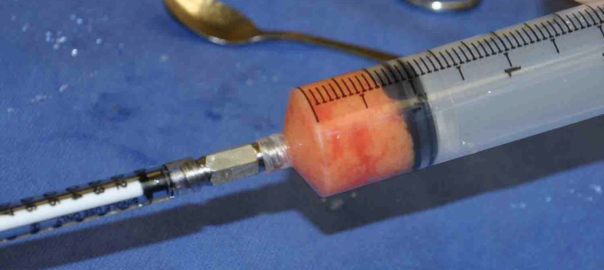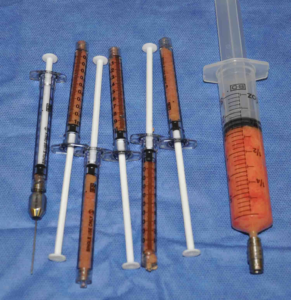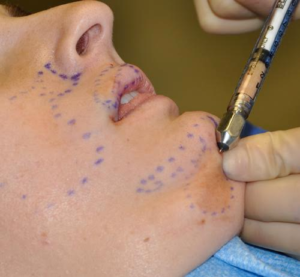Stem Cell-Enriched Fat Grafting in Facial Rejuvenation

The large number of stem cells in fat has led to a new wave of treatments in plastic surgery that hopes to harness the potential of this ‘wonder’ cell. Since a stem cell can turn into any type of cell if properly stimulated, it is not hard to see why any treatment attached to it is being hyped as a rejuvenative or regenerative therapy. These R words translate to anti-aging or make me look younger.
 Given the ease from which fat can be extracted through liposuction, fat is being reprocessed and injected all over the body by plastic surgeons mainly because it is easy to do and perfectly safe. You might say it is the ultimate form of recycling, a green procedure if you will that is most certainly organic. Injected fat can be used from body contouring to facial rejuvenation. For the body, buttock augmentation and breast reconstruction (lumpectomy defects) are being widely done. Breast augmentation using fat instead of implants is being approached more cautiously. The other good body use is in the aging hands, using injected fat to make the hand look more plump and have a less bony appearance.
Given the ease from which fat can be extracted through liposuction, fat is being reprocessed and injected all over the body by plastic surgeons mainly because it is easy to do and perfectly safe. You might say it is the ultimate form of recycling, a green procedure if you will that is most certainly organic. Injected fat can be used from body contouring to facial rejuvenation. For the body, buttock augmentation and breast reconstruction (lumpectomy defects) are being widely done. Breast augmentation using fat instead of implants is being approached more cautiously. The other good body use is in the aging hands, using injected fat to make the hand look more plump and have a less bony appearance.
The face, however, is the most common area for fat injections. Research has now shown that we lose fat in our face as we age. This facial deflation is one of the reasons that we look old and contributes to skin sagging. This has led to younger people getting fat injections at an early age and fat injections being used as part of a facelift procedure for more advanced degrees of facial aging. For the aging gaunt-looking face (or even a younger gaunt face), fat injections can be a good complement
to traditional skin removal and tightening procedures.
In the most contemporary spin of fat grafting to the f ace comes the Stem Cell Facelift. The concept is that stem cell-rich fat grafts combined with skin tightening makes for
ace comes the Stem Cell Facelift. The concept is that stem cell-rich fat grafts combined with skin tightening makes for
a better facelift result. Proponents claim that the stem cells provide a regenerative effect that makes the fat take better and helps the quality of the overlying skin as well. By mixing the fat with a little of your own blood, a theoretical youthful elixir is created.
Is the Stem Cell Facelift actual science or more science fiction? Is it hype or hope? At this point I would say a little of science and a lot of hype. The real scientists of stem cells would most certainly tell us that it just isn’t that simple. While stem cells have been extensively studied, how to make them work is far less clear. Conversely, the hopeful part of stem cells in facial rejuvenation is that it exemplifies the concept of ‘heal thyself’. Our tissues have a remarkable ability to heal themselves from injuries throughout our entire lives. It just seems that we should be able to use that to our advantage at some point.
One of the benefits of fat grafting to the face, whether the stem cells really make a contribution or not, is that it adds volume. And with our current appreciation of what happens as most faces age, becoming a little more cheeky might not be a bad thing.


